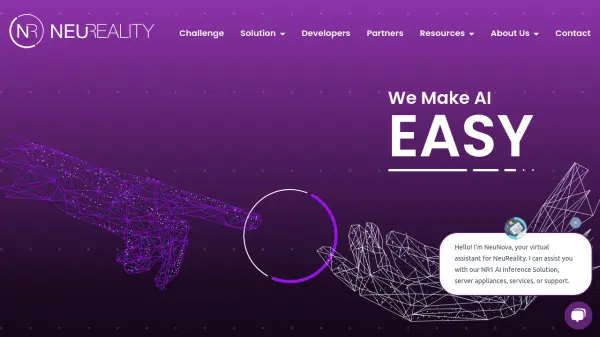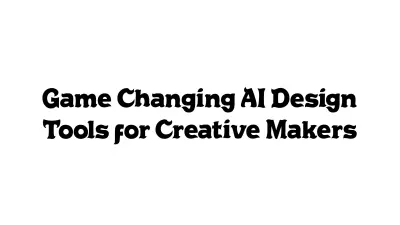What is NeuReality?
NeuReality offers a specialized approach to artificial intelligence deployment, focusing on simplifying the complexities associated with scaling inference workflows. It utilizes an AI-centric architecture that integrates proprietary hardware, the NR1 Network Addressable Processing Unit (NAPU), with comprehensive software tools. This system-level design aims to break down traditional silos in AI implementation, addressing critical workflow and process management challenges.
By shifting essential data-path functions from software to hardware and reducing reliance on conventional CPUs, NICs, and PCI-switches, NeuReality targets system bottlenecks. This innovative infrastructure is built to facilitate ultra-scalability for real-world AI applications. The platform supports various AI frameworks and is designed for seamless deployment in multi-tenant cloud environments or diverse networking protocols, offering flexibility and adaptability while aiming to lower energy consumption and data center footprint.
Features
- AI-Centric Architecture: System designed specifically for AI inference workloads.
- NR1 Network Addressable Processing Unit (NAPU): Purpose-built 'AI-Server-on-a-Chip' hardware.
- Integrated Software Tools: Provides a unified UI/UX for managing AI deployment components.
- Bottleneck Removal: Designed to overcome limitations in traditional AI infrastructure.
- Linear Scalability: Enables scaling of AI applications without performance degradation.
- Reduced Resource Dependency: Lowers reliance on standard CPUs, NICs, and PCI-switches.
- Energy Efficiency: Aims to lower power consumption compared to traditional systems.
- Cloud & Framework Support: Adaptable to various cloud environments and AI frameworks.
Use Cases
- Deploying trained AI models at scale.
- Scaling AI inference workflows efficiently.
- Optimizing AI infrastructure for performance and cost.
- Reducing bottlenecks in existing AI systems.
- Lowering energy consumption for AI workloads.
- Simplifying the management of AI deployment components.
- Implementing AI in cloud or multi-tenant environments.
Related Queries
Helpful for people in the following professions
NeuReality Uptime Monitor
Average Uptime
100%
Average Response Time
264.42 ms
Featured Tools
Join Our Newsletter
Stay updated with the latest AI tools, news, and offers by subscribing to our weekly newsletter.











